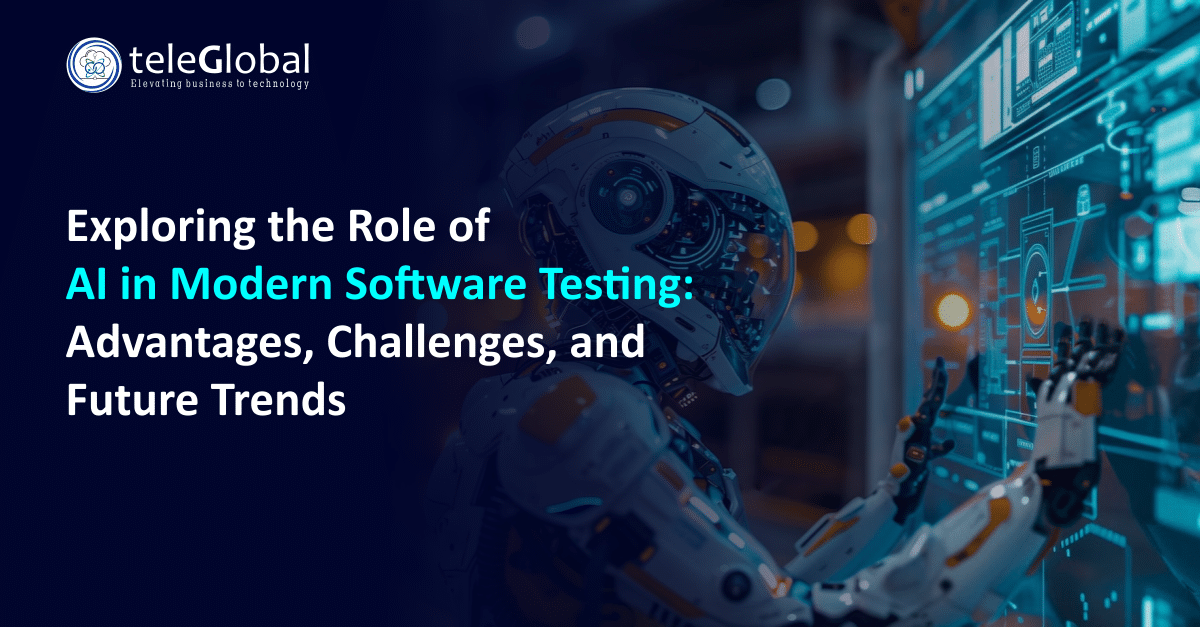
Introduction
The rapid advancement of artificial intelligence (AI) has revolutionized many industries, including cybersecurity. While AI brings numerous benefits in enhancing security measures, it also presents new challenges as cybercriminals exploit AI for sophisticated attacks. This blog explores the dual role of AI in both perpetrating and defending against cyber threats, incorporating various security technologies like SIEM, EDR, SOAR, threat intelligence, IPS, IDS, firewalls, and DLP solutions.
Background
AI has become a double-edged sword in the realm of cybersecurity. On one hand, AI-powered tools enable organizations to detect and mitigate threats more effectively. On the other hand, cybercriminals harness AI to create more advanced and elusive attacks, making traditional defense mechanisms less effective. Understanding the capabilities and limitations of AI in both offensive and defensive roles is crucial for developing robust cybersecurity strategies.
AI-Powered Cyber Attacks
- Malware and Ransomware
AI-Driven Evasion Techniques: Modern malware uses AI to evade detection by learning the behavior of antivirus software and adapting accordingly. For example, AI can help malware change its code dynamically, making it difficult for signature-based detection systems to identify.
Ransomware as a Service (RaaS): Cybercriminals offer AI-enhanced ransomware tools on the dark web, allowing even less skilled hackers to launch sophisticated attacks. These tools can automatically identify valuable data and encrypt it, demanding a ransom for its release.
- Phishing Attacks
Personalized Phishing: AI enables cybercriminals to create highly personalized phishing emails by analyzing social media profiles and other online data. This increases the likelihood of the target falling for the scam.
Deepfake Technology: AI-generated deepfake videos and audio can impersonate trusted individuals, convincing victims to divulge sensitive information or transfer funds.
- Automated Attacks
Botnets and DDoS: AI-controlled botnets can launch large-scale Distributed Denial of Service (DDoS) attacks, overwhelming target servers with traffic. These botnets can adapt to countermeasures, making them harder to neutralize.
Vulnerability Scanning and Exploitation: AI tools can automate the process of scanning for vulnerabilities and exploiting them. These tools learn from previous attacks and continuously improve their effectiveness.
AI-Powered Defenses
- Threat Detection and Response
SIEM (Security Information and Event Management): SIEM systems leverage AI to collect, analyze, and correlate security events from various sources. AI enhances the ability to detect and prioritize threats by identifying patterns and anomalies in vast amounts of data.
EDR (Endpoint Detection and Response): AI-driven EDR solutions monitor endpoint activities, detecting suspicious behaviors and providing real-time response capabilities. Machine learning algorithms help identify malicious actions that might bypass traditional antivirus software.
SOAR (Security Orchestration, Automation, and Response): SOAR platforms utilize AI to automate incident response processes, reducing the time required to contain and mitigate threats. AI helps in orchestrating responses across various security tools, improving coordination and efficiency.
- Intrusion Prevention and Detection Systems (IPS/IDS)
Behavioral Analysis: AI can analyze network traffic and user behavior to identify anomalies that may indicate a cyber attack. Machine learning algorithms learn the normal patterns of behavior and flag deviations for further investigation.
Automated Incident Response: AI-powered IPS/IDS systems can automatically respond to detected threats, blocking malicious traffic and preventing intrusions in real-time.
- Threat Intelligence
Predictive Analytics: AI analyzes vast amounts of threat data from various sources to predict potential attacks. By identifying patterns and trends, AI helps organizations anticipate and prepare for future threats.
Risk Assessment: AI tools assess the risk associated with different assets and user activities, helping organizations prioritize their security efforts based on potential impact.
- Firewalls
Next-Generation Firewalls (NGFW): AI enhances NGFW capabilities by improving the accuracy of threat detection and reducing false positives. AI can identify and block advanced threats that traditional firewalls might miss.
- Data Loss Prevention (DLP)
Content Analysis: AI-driven DLP solutions can analyze the content of emails, files, and other data to detect and prevent unauthorized sharing of sensitive information. AI improves the ability to identify data breaches and enforce security policies.
Behavioral Monitoring: AI helps in monitoring user behavior to detect potential data exfiltration activities. By understanding normal user behavior, AI can flag unusual activities that might indicate a breach.
One of our customer, a global financial institution, faced increasing cyber threats targeting its customer data and financial transactions. To bolster its defenses, the company implemented an AI-powered cybersecurity solution. Here’s how AI transformed their security posture:
- Enhanced Threat Detection: The AI system analyzed network traffic and user behavior, detecting anomalies that traditional systems missed. This led to the early identification of a sophisticated phishing campaign targeting employees.
- Automated Response: When a malware outbreak was detected, the AI system automatically isolated the affected devices, preventing the malware from spreading. The response time was reduced from hours to minutes.
- Predictive Analytics: By analyzing global threat data, the AI solution predicted potential attack vectors and recommended proactive measures. This included patching vulnerable systems and educating employees about emerging phishing tactics.
- Efficiency Gains: The implementation of AI in their Security Operations Center (SOC) automated routine tasks such as log analysis and incident triage. This allowed human analysts to focus on strategic initiatives, improving overall security efficiency.
- Comprehensive Defense: By integrating AI with SIEM, EDR, SOAR, IPS/IDS, firewalls, and DLP solutions, Company X achieved a multi-layered defense strategy. AI enhanced the capabilities of each security tool, providing a cohesive and robust security posture.
Challenges and Considerations
While AI offers significant advantages, it also presents challenges that organizations must address:
- False Positives: AI systems can generate false positives, overwhelming security teams with alerts. Fine-tuning algorithms and incorporating human oversight are essential to manage this issue.
- Adversarial Attacks: Cybercriminals can exploit vulnerabilities in AI systems, launching adversarial attacks that manipulate AI algorithms. Continuous monitoring and updating of AI models are necessary to mitigate this risk.
- Ethical and Privacy Concerns: The use of AI in cybersecurity raises ethical and privacy concerns, particularly regarding data collection and analysis. Organizations must ensure that their AI implementations comply with legal and ethical standards.
Conclusion
The rise of AI-powered cyber-attacks and defenses marks a new era in cybersecurity. As cybercriminals become more sophisticated, leveraging AI to enhance their attacks, organizations must also embrace AI to bolster their defenses. By integrating AI with SIEM, EDR, SOAR, threat intelligence, IPS/IDS, firewalls, and DLP solutions, organizations can develop comprehensive strategies to protect against the evolving threat landscape. Balancing the benefits of AI with the need for ethical and responsible use will be crucial in the ongoing battle between attackers and defenders in the digital age.







































